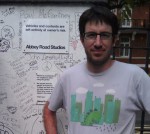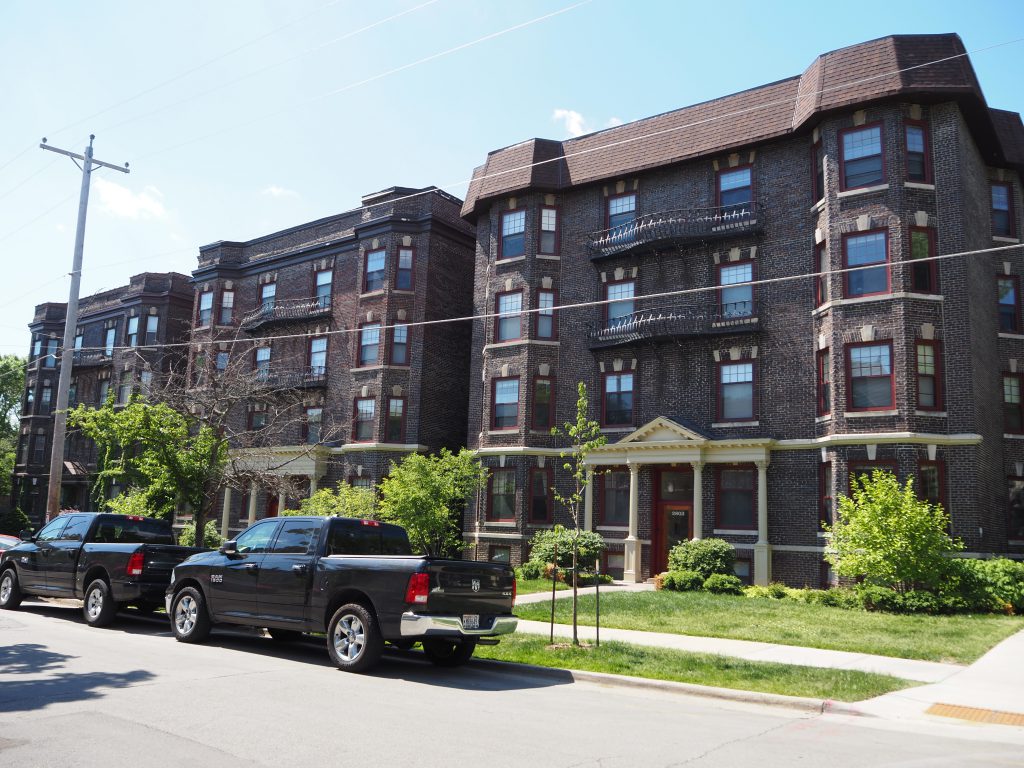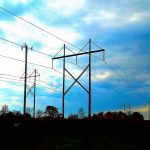The Benefits of Density to Neighborhoods
All the city news you can use.
Every day at The Overhead Wire we sort through over 1,500 news items about cities and share the best ones with our email list. At the end of the week, we take some of the most popular stories and share them with Urban Milwaukee readers. They are national (or international) links, sometimes entertaining and sometimes absurd, but hopefully useful.
Colorado changes transportation course: The Denver Regional Council of Governments is set to vote on a transportation plan that would take $900 million away from highway expansions and put them towards active transportation projects. The program would cut two expansions and other road widenings for this purpose. The move follows the state’s mandate to reduce transportation emissions which has led to larger discussions about the role of highway expansions in the region. (Nathanial Minor | Coloradio Public Radio)
Stuttgart’s green corridors bring the city fresh air: In 1938 Stuttgart Germany hired a city climatologist to design a way to pull fresh air into the notoriously air polluted valley the city sits inside. Since then the city has been nurturing corridors of trees and water to bring fresh air into the valley and cool down the city which runs hotter than surrounding areas. The results is 79 square miles of green space, nearly half of which is an urban forest. (Michaela Haas | Reasons to be Cheerful)
Benefits of urban density to neighborhoods: For centuries people have been drawn the hustle and bustle of cities teeming with people. But at the start of the pandemic, many started questioning their acceptance of crowds of people. Over time opinions of cities in the popular imagination have gone from awe to disdain but this urban density is still a powerful force and should be harnessed to help solve many of the problems we see in the world. (Max Holleran | Aeon Magazine)
A megaflood is coming to California: In the journal Science Advances, researchers make the case that climate change will usher in a higher probability that California will experience a megaflood in the central valley that will wipe out agricultural resources and cities. Atmospheric rivers from the Pacific Ocean could drop rain for weeks and the resulting flood could cost $1T in damages. An 1862 flood did something similar, leaving Sacramento under 10 feet of water for months. (Payton Major, Judson Jones, Brandon Miller | CNN)
Quote of the Week
Delightfully, a neighbourhood structure and layout that’s head and shoulders better on all the important things – for local businesses, for healthier and happier kids and old people, for long-term relationships, for biodiversity, for resilience, so on and so on – also happens to be exactly the structure that’s low-emissions.
–Isabella Cawthorn in Stuff NZ discussing a new regional emissions cap in Wellington that will cut out sprawl.
This week on the podcast, David Andersson of the Art and Culture team at Bloomberg Associates chats about the implementation and safety characteristics of asphalt art, how communities work on these projects, and the character of public art.
Want more links to read? Visit The Overhead Wire and signup.
If you think stories like this are important, become a member of Urban Milwaukee and help support real, independent journalism. Plus you get some cool added benefits.
Urban Reads
-
How Traffic Noise Impacts Children’s Brains
 Jul 1st, 2024 by Jeff Wood
Jul 1st, 2024 by Jeff Wood
-
Number of Super Commuters is Rising
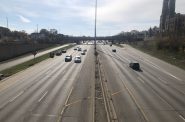 Jun 22nd, 2024 by Jeff Wood
Jun 22nd, 2024 by Jeff Wood
-
Why Has the Walkable City Been Villainized?
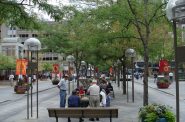 Jun 9th, 2024 by Jeff Wood
Jun 9th, 2024 by Jeff Wood

